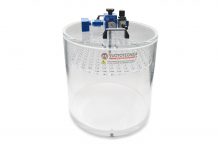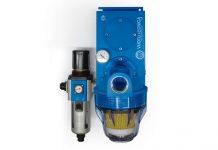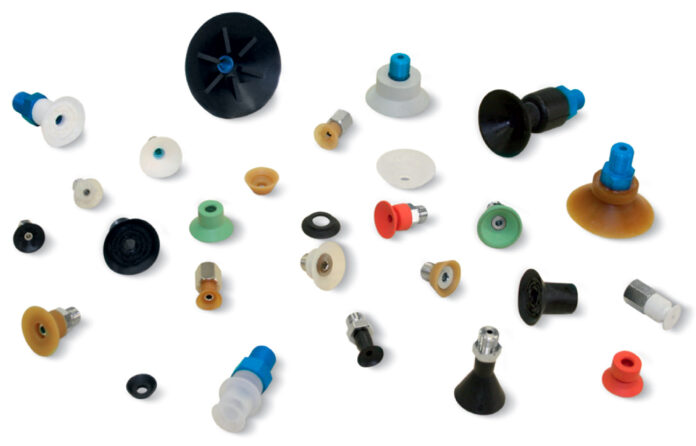If you are a regular reader of this blog, you know that depending on the surface of the product to be gripped or handled, it is possible to find on the market different suction cups that can do the job, of different shapes, sizes and compounds.
For gripping a piece of glass, for example, there are plenty of suitable models, while to handle the secure grip of a flexible flowpack, the range of available suction cups is reduced. Even in this case, however, we have a good choice.
So, how is it possible to decide if a suction cup is right for a certain type of application and if we will save money?
It’s easy to get caught up in laziness because we’ve known a particular manufacturer for several years or because we’ve always operated in a certain way: you know that the easiest choice is to go for something you’re more familiar with.
As long as everything goes well, we don’t change. The problem arises when the suction cups have to be replaced because they are ruined or because, although they carry out their task, they no longer allow us to be competitive, due to continuous work stoppages for their replacement.
And it is at this point that we need to look around and understand if there is something more suitable and if there are suction cups that can guarantee a leap in quality.
The durability of a product equates, in the long run, to significant financial savings.
But don’t be confused by easy equations.
- A classic cup suction cup guarantees a firmer grip on the product compared to a bellows suction cup which, due to its shape, has to adapt itself more with its lip to the object to be picked up.
- The thickness of the lip of the suction cup affects its durability, since it is the point where it comes into contact with the product to be handled (the thicker the lip, the harder the suction cup).
- The compound of the suction cup is the most important feature to consider. Depending on whether it is rubber, vinyl or polyurethane.
These three parameters alone are actually not enough to determine the lifetime of a suction cup.
Each choice always depends on the production and handling conditions, the objects the suction pad comes into contact with and the vacuum circuitry.
The lifetime of a suction cup actually depends on a multifactorial analysis that also includes other fundamental parameters such as:
- Available vacuum source and distribution circuitry
- Working cycle
- Environmental and surface conditions of the object to be gripped
- Temperature.
Very often, optimizing or replacing the vacuum source, together with the analysis of the suction flow distribution to the individual suction cups, drastically affects the lifetime of the suction cups and therefore the operating economy of the plant.
A big company that manages the work on three shifts, 24 hours a day, with processes that depend on each other, should evaluate much more the risk of downtime due to machine stops.
Replacing a suction cup too often increases costs, as does the speed with which it is replaced.
If you want to evaluate the best way to save money in the long run and which suction cups are best suited to your reality, rely on a professional and multifactorial evaluation on www.vuototecnica.net starting with filling out the specific questionnaire on “suction cups” https://www.vuototecnica.co.uk/product/82/en/1.161%20-%201.162.pdf to submit to Vuototecnica technical office.








































